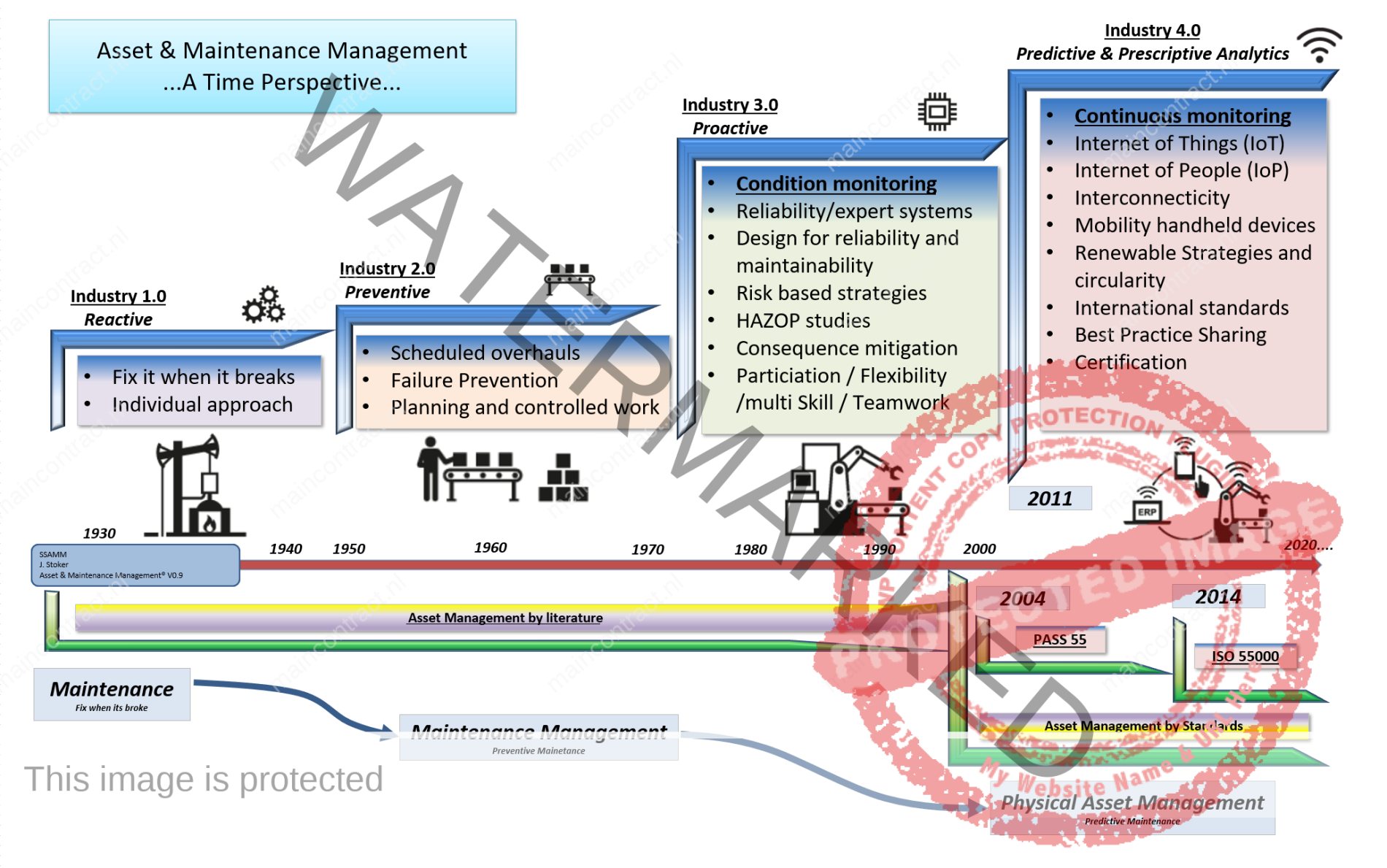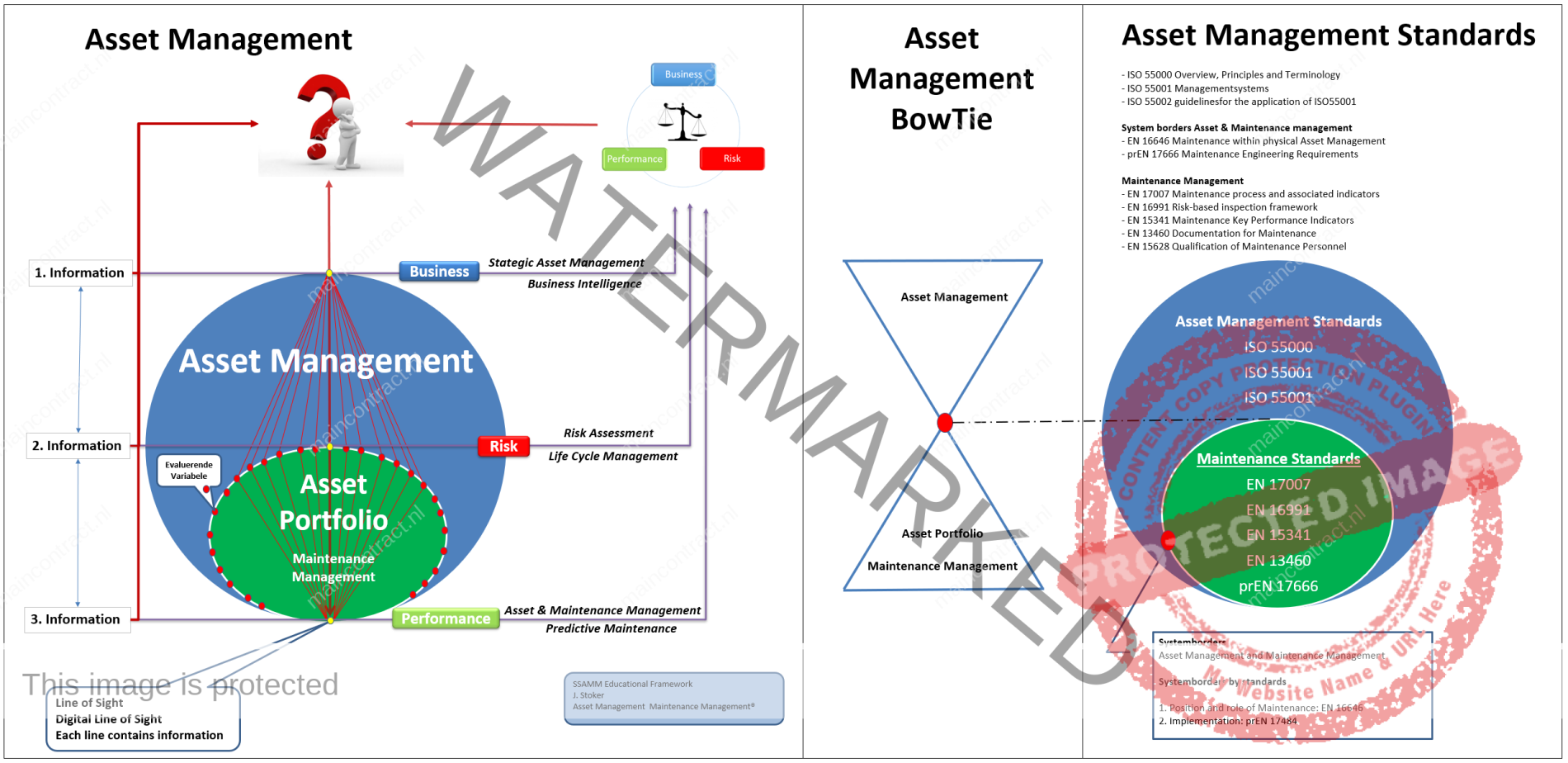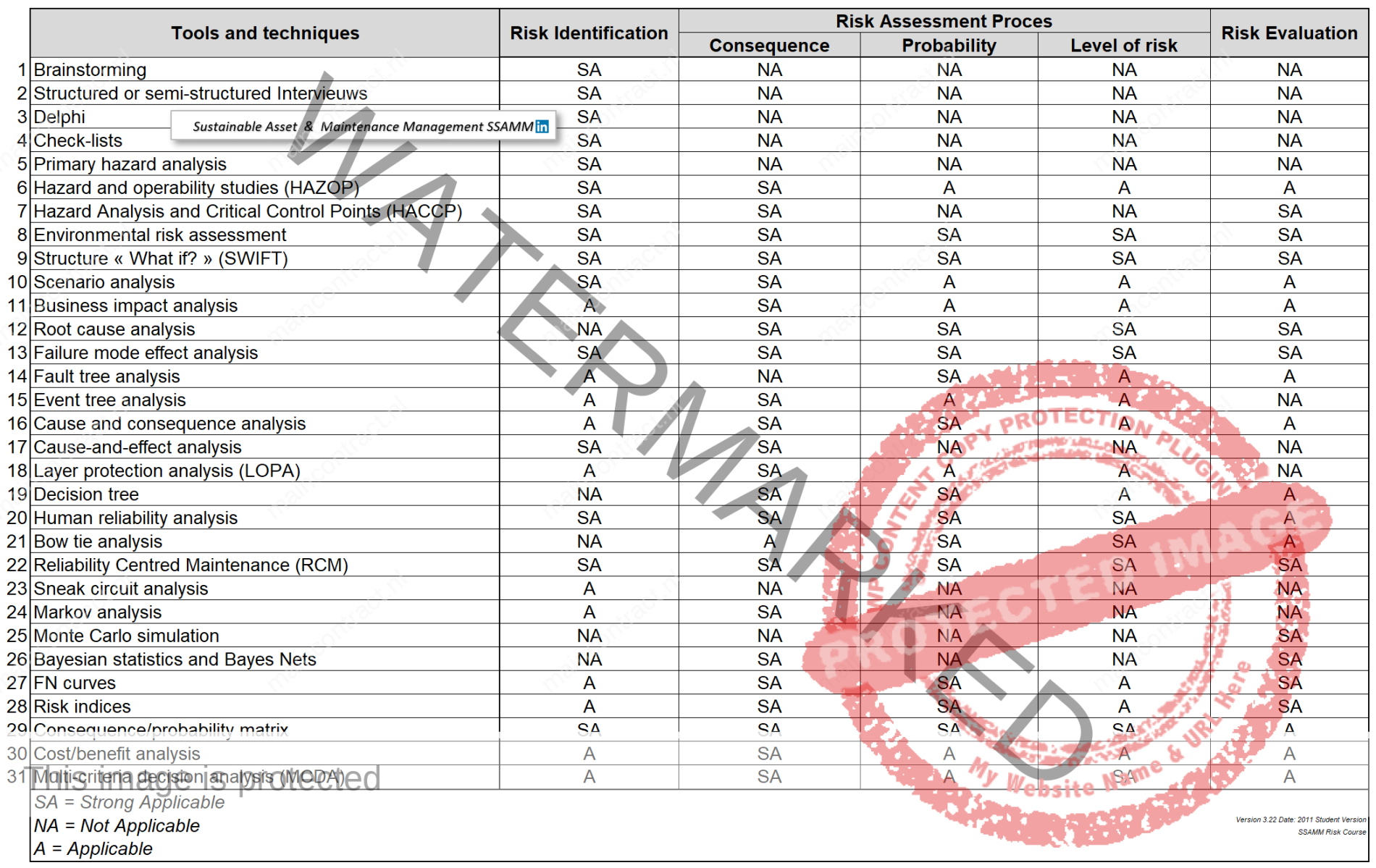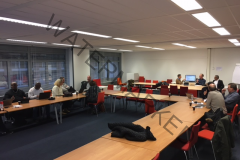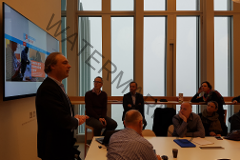- Publication 24 April 2020
![]()
Risk assessment may be undertaken in varying degrees of depth and detail and using one or many methods ranging from simple to complex. The form of assessment and its output should be consistent with the risk criteria developed as part of establishing the context. The tables on this page illustrates the conceptual relationship between the broad categories of risk assessment techniques and the factors present in a given risk situation, and provides illustrative examples of how organizations can select the appropriate risk assessment techniques for a particular situation.
Risks can be complex in themselves, as, for example, in complex systems which need to have their risks assessed across the system rather than treating each component separately and ignoring interactions. In other cases, treating a single risk can have implications elsewhere and can impact on other activities. Consequential impacts and risk dependencies need to be understood to ensure that in managing one risk, an intolerable situation is not created elsewhere. Understanding the complexity of a single risk or of a portfolio of risks of an organization is crucial for the selection of the appropriate method or techniques for risk assessment.
![]()
Authors & Review: SSAMM, Review: J. Stoker
The nature and degree of uncertainty requires an understanding of the quality, quantity and integrity of information available concerning the risk under consideration. This includes the extent to which sufficient information about the risk, its sources and causes, and its consequences to the achievement of objectives is available. Uncertainty can stem from poor data quality or the lack of essential and reliable data. To illustrate, data collection methods may change, the way organizations use such methods may change or the organization may not have an effective collection method in place at all, for collecting data about the identified risk.
Uncertainty can also be inherent in the external and internal context of the organization. Available data do not always provide a reliable basis for the prediction of the future. For unique types of risks, historical data may not be available or there may be different interpretations of available data by different stakeholders. Those undertaking risk assessment need to understand the type and nature of the uncertainty and appreciate the implications for the reliability of the risk assessment results. These should always be communicated to decision-makers.
![]()
Click to enlarge: Asset & Maintenanec Management-A time perspective by Jan Stoker
Many activities, projects and products can be considered to have a life cycle starting from initial concept and definition through realization to a final completion which might include decommissioning and disposal of hardware. Risk assessment can be applied at all stages of the life cycle and is usually applied many times with different levels of detail to assist in the decisions that need to be made at each phase.
Life cycle phases have different needs and require different techniques For example during the concept and definition phase, when an opportunity is identified, risk assessment may be used to decide whether to proceed or not. Where several options are available, risk assessment can be used to evaluate alternative concepts to help decide which provides the best balance of risks.
During the design and development phase, risk assessment contributes to
- ensuring that system risks are tolerable,
- the design refinement process,
- cost effectiveness studies,
- identifying risks impacting upon subsequent life-cycle phases.
As the activity proceeds, risk assessment can be used to provide information to assist in developing procedures for normal and emergency conditions.
![]()
The recently published standard EN 17485 introduces methods and procedures about maintenance within physical asset management for all the levels and functions of the organizations’ management, including corporate planning management, plant management, technical management, production management, financial management, asset management, maintenance management, and quality management. Further and maybe even greater benefits are now being found through improved credibility in the eyes of customers, regulators and other stakeholders.
Click to enlarge
Physical asset management also results in much greater engagement and motivation of the workforce, and in more sustainable, continual improvement business processes. Physical asset management builds up the required link between maintenance management and the organizational strategic plan and gives direction to maintenance activities.The standards EN 16646 and EN 17485 build the bridge between ISO 5500x (Asset management system standards) and the EN maintenance standards. ISO 55001 states that organizations should determine e.g. the organizational context, requirements for the assets, decision criteria, strategic asset management plan and asset management plan (including maintenance).
However, it does not describe how to do it. Respectively, maintenance standards often introduce e.g. the concept of the required function or the concept of maintenance strategy, but do not explain how they have been determined. EN 17485 introduces a methodological framework which advises organizations to implement the requirements presented in ISO 55001. By doing this it creates the bridge between the several maintenance standards and ISO 5500x in order to give an applicable starting point to the more detailed documents for the specific sub-functions of maintenance (See AM-BowTie).
This insights, the Asset Management BowTie, can be added toward the Asset Management paradigm with the (Digital) Line of Sit. To add the BowTie principle, the body of thoughts of the EN-17485 can be incorporated in the Asset Management paradigm with the mentioned standards. Result is a deepened figure 1 of the ISO5500 completed with the Line(s) of Sights, the levels of information, Business, Risk Assessment and Asset & Maintenance going to decision making in balancing Costs, Risks and Performance.
Click to enlare Asset Management BowTie: See Body of thoughts AM-BowTie Click Here
![]()
Risk assessment techniques can be classified in various ways to assist with understanding their relative strengths and weaknesses. The tables correlate some potential techniques and their categories for illustrative purposes. Each of the techniques is further elaborated upon in the second tablesas to the nature of the assessment they provide and guidance to their applicability for certain situations.
Types of technique: The first classification shows how the techniques apply to each step of the risk assessment process as follows:
- risk identification;
- risk analysis – consequence analysis;
- risk analysis – qualitative, semi-quantitative or quantitative probability estimation;
- risk analysis – assessing the effectiveness of any existing controls;
- risk analysis – estimation the level of risk;
- risk evaluation.
For each step in the risk assessment process, the application of the method is described as
being either strongly applicable, applicable or not applicable (see table A)
Factors influencing selection of Risk Assessment Techniques:
Next the attributes of the methods are described in terms of
- complexity of the problem and the methods needed to analyse it,
- the nature and degree of uncertainty of the risk assessment based on the amount of information available and what is required to satisfy objectives,
- the extent of resources required in terms of time and level of expertise, data needs or cost, whether the method can provide a quantitative output.
Examples of types of risk assessment methods available are listed in Tables below where each method is rated as high medium or low in terms of these attributes.(See Table B1 & B2)
Table B2-Click to enlarge
Click for the SSAMM Education programs
![]()
5. React, Discuss & Article
Discuss or give your opinionFollow on FacebookFollow on Twitter
Related Articles
Tags: NEN-ISO 55000, Risk



